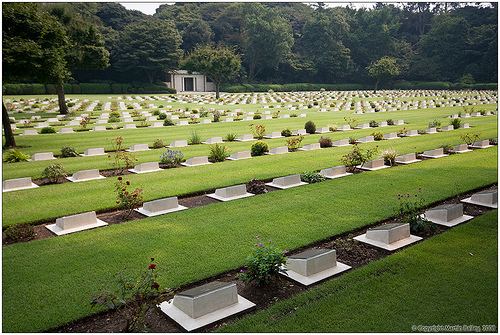No doubt, even the final disposition of corpse goes green; this surely answers the worldwide campaign solution to decrease the effect of global warming. Just like with traditional cremation, body is turned to ashes, before it returned to the family but there is no CO2 emission during the process of cremation. However, this so called resomation has not yet legislatively accepted in all states.In the United States of America ‘resomation’ or ‘ alkaline hydrolysis cremation’ is legalized in Florida, Maine, Minnesota, Oregon, Colorado, Kansas, Illinois andDelaware.In some states, the legislation of alkaline hydrolysis cremation is still pending, and to some needs more penetration to amend the regulation of their cremation services.
Alkaline Hydrolysis cremation becomes the natural choice. It gets a lot of names in different states, to most people it is called “green cremation”, some called it “chemical cremation”, and others called it “resomation”. But what does the name really means? It is the new face of cremation that reduces the human body to its natural state through the use of water and alkaline solution (Funeral Consumers Alliance of Minnesota, 2015).It is somewhat has the similar process with Mother Nature does if the body is buried in the ground. The decomposition of the buried body is aided with bacteria in the soil and the alkalinity of the soil. The cremation cost with alkaline hydrolysis disposition has the same base price like direct cremation.
Alkaline Hydrolysis cremation is much more eco-friendly process than the traditional flame-based cremation. The basic cremation process takes 2- 3 hours. The dead body is weighed to estimate the accurate amount of the chemicals to use. Then dead body is placed in a chamber where 92 gallons of water mixed with 4 gallons of potash lye, pressurized to 350 degrees Farenheit. It is forcing water molecules between chemical bonds holding large tissue molecules such as fats, DNA, and protein together. This process breaks down the tissue to its original small molecules blocks. In 20 to 30 years in the future, it would be interesting to find out how the process evolves over time.


